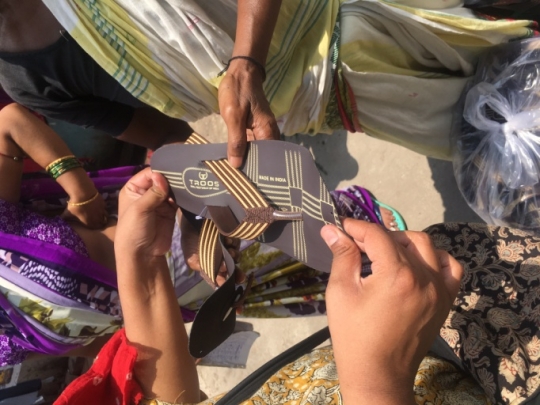As work opportunities in agriculture shrink, the future lies in improving women’s access to jobs in manufacturing and services. In order to enhance women’s economic opportunities, we must understand the demand- and supply-side factors that determine their participation in these sectors, which has been stagnating.
This project seeks to examine the profile and background of women workers in contemporary industrial and urban landscapes – the kind of opportunities available, barriers to participation, and aspirations and expectations from industrial employment. It further aims to situate the findings within the context of existing policy and regulatory frameworks and the implications they hold for enabling/constraining women’s industrial employment. The research will be based on manufacturing areas in Delhi NCR (National Capital Region), which are mainly characterised by small scale industries like garment and footwear, and attract large numbers of ‘low-skilled’ migrants.
The project will, first, use existing survey data (collected by the researchers in previous work on garment factory workers in Delhi NCR) to build a profile of a typical female worker. These existing data will be supplemented by more detailed information on current or aspiring workers obtained through focus group discussions and interviews with women workers, and interviews with factory owners and managers, labour contractors, and so on. Second, possible interventions to enhance women’s economic empowerment in the sector would be tested systematically.
For instance, research shows that there are very few female supervisors, perhaps because women do not feel confident to put themselves forward and managers also perceive that they will not be able to perform as well as men due to lower technical skills although diagnostics reveal that that is not the case. It could be measured whether applications by women to supervisory positions and/or their productivity is enhanced if they undergo soft-skills training with modules on self-esteem/sense of agency.
Due to social norms, income from women’s work is likely to belong to the family, while men get to control how to spend their own income. Hence, the financial motivation of men and women for the same job may be different, which in turn can affect aspirations and performance. An intervention that allows women to choose how much of their income is revealed to others and how much is kept in a safe place for themselves to access can be designed to study the impact on women’s work force participation and productivity.
An oft cited reason why women do not take up jobs or work longer hours is their role as care-providers in the family. Hence, work timings could have important implications for women’s work force participation. Interventions in which work that pays by piece rate and therefore allows for more flexible work hours either from home or at the factory, can be compared with a standard daily-wage job to evaluate the relative effects on women’s workforce participation and productivity. If the overall productive efficiency and work force turnover varies by the nature of wage payment then factory managements would have an incentive to address time constraints faced by women workers.
